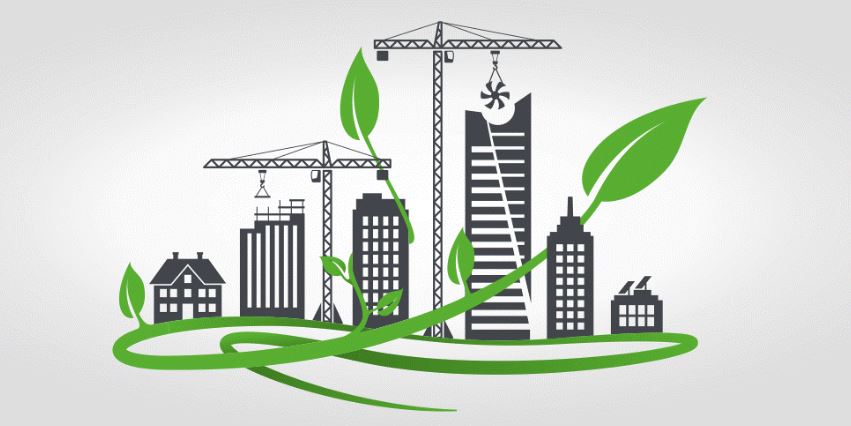An Assessment into Sustainable Development and Construction within the UK Built Environment (2013)
Sustainable Development and Construction Dissertation – The term Sustainable Development addresses problems such as environmental pollution, depletion of non-renewable resources and most importantly, climate change. These are liable for causing an adverse influence on the prospects for our future generations. Our actions today will allow future generations to develop healthy and content lives. The UK construction industry has yearly revenue of about 100 billion pounds and accounts for 10% of the UK’s GDP.
It is the main user of natural resources within the UK. About 2 million people are hired within the industry, equating to a large chunk of the UK working population. The industry plays a vital role in securing the social and economic development of the UK. This industry is responsible for the use 50% of fresh-water supplies globally and accounts for about 50% of all CO2 emissions. Thus, this industry is very closely connected to the issue of sustainability. Therefore it is ideal that it be the responsibility of the industry to take the lead role in achieving a sustainable environment in order to improve the quality of life for all.
Sustainable development within the UK built environment means the application of sustainable construction and materials to combat the economic, social and environmental challenges linked with sustainability. The Lancaster University affiliated Lancaster Institute for the Contemporary Arts (LICA) building pools education and research activities in Art, Design, Film Studies, Music and Theatre studies in an innovative environmentally-responsible built facility.
The 10 million pound project won the honour of being the first higher education building to accept an Outstanding BREEAM rating for both the design phase and the post building stage. This building is now deemed as a yardstick for ideal sustainable architecture in new building developments for educational purposes. This three storey building only has an annual carbon footprint of only 10.3 Kg carbon-dioxide per square metre. In this dissertation, the relationships of sustainability and climate change have been examined and their associations with UK’s construction environment have been studied.
- 12,000 words – 60 pages in length
- Excellent use of literature
- Good analysis of the subject area
- Well written throughout
- Ideal for building studies and construction students
1. The Concept of Sustainability
2. Sustainability in the Built Environment
The History of Urban Development
Effects of Urban Constructions of the Natural Environment
Sustainable Building Environments
Examples of Sustainable Practices
Aim of the Study
3. Global Climate Change
Climate Change- An Economic Approach
Sustainable Practices May Counteract Climate Change
4. The UK – Agendas for Sustainability
DECC
DEFRA
The Triple Bottom Line Theory
The Five Capital Model
Sustainable Construction in the UK
Targeting Waste Generation
Incentive to Adopt Energy Efficient Systems
Conserving Resources
Adapting To Climate Change
The Green Deal Scheme
The RICS Property Life Cycle
The Role of the BRE
BREEAM
5. Case Study
6. Future Plans
Discussion
Conclusion
Overview
Bibliography

